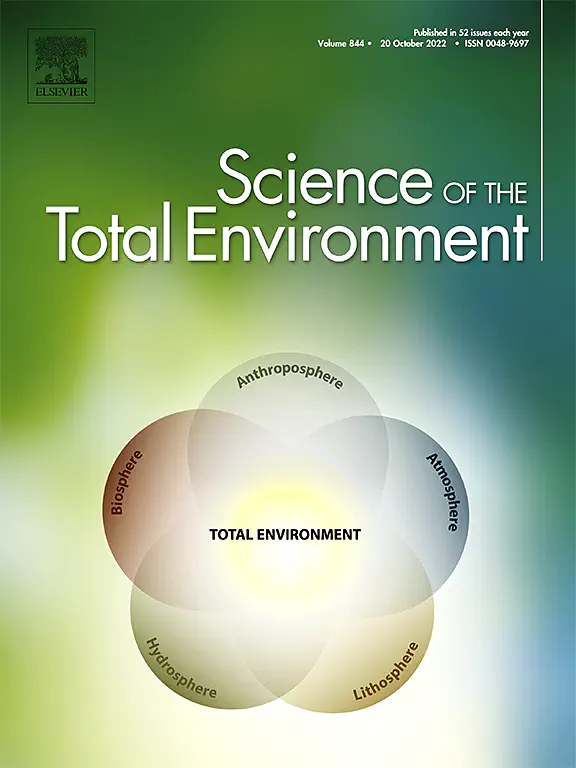Hydropeaking causes spatial shifts in a reproducing rheophilic fish

Abstract
The hydropeaking regime below hydropower facilities represents a serious threat to riverine fauna and may cause declines in populations living under its influence. However, the knowledge on direct fish responses to the threat of hydropeaking is limited. Here, we aimed to test whether the hydropeaking generated 12 km upstream may have a negative effect on the position of actively spawning rheophilic fish, asp, Leuciscus aspius. Two passive telemetry antenna arrays were used to record fish position on the spawning ground. We monitored the position of spawning fish (545, 764 and 852 individuals) in three one-month long spawning seasons in 2017–2019 and related the changes in detection probability on the two antenna arrays to flow conditions, temperature, time of a day and individual fish ID. The fish detection on the spawning ground was negatively affected by the flow change (both increase and decrease) in time. Moreover, the probability of fish detection was also influenced by water temperature, the time of the day and, as seen from the magnitude of individual random effect variability, the detection probability was rather individual-specific. Hydropeaking resulted in the change of spawning behaviour and likely caused interruption of spawning or shifting spawning outside the optimal area for egg development. We therefore advise to reduce the hydropeaking regime during the rheophilic fish spawning season under fisheries or conservation interests.